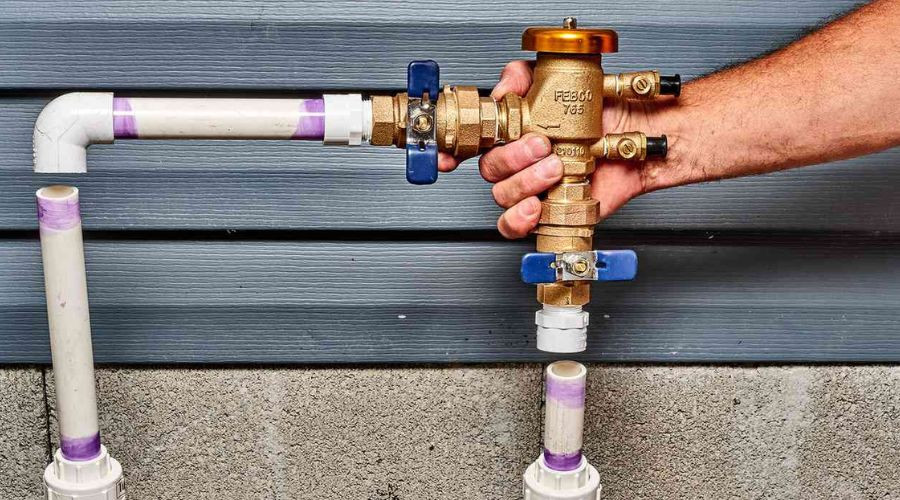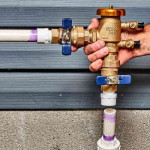Backflow and Backflow Testing Explained
The scale of municipal water systems is staggering, with miles and miles of pipework connecting homes and businesses to a treatment facility that pulls water from a reservoir or aquifer. When water is in its natural, untreated state, it can harbor dangerous chemicals and pathogens that must be neutralized for public health reasons.
Once the water is treated and becomes safe for consumption, it has to be transported through a vast network of pipes before it ends up in a home. Along the way, including in a home’s plumbing system, there has to be protection to ensure that it stays safe for consumption. One essential group of devices and methods that help to protect treated water from contamination is called backflow preventers or backflow prevention devices. Here is a quick discussion of backflow and backflow testing.
What Problems Can Backflow Cause?
 A key feature of public plumbing systems is that water only flows in one direction through piping. This ensures that clean water is constantly flowing through water lines and isn’t contaminated. However, under certain circumstances, water can travel backward in the reverse direction. When this occurs, it is called backflow.
A key feature of public plumbing systems is that water only flows in one direction through piping. This ensures that clean water is constantly flowing through water lines and isn’t contaminated. However, under certain circumstances, water can travel backward in the reverse direction. When this occurs, it is called backflow.
Unfortunately, backflow can cause a powerful siphon to form. To relieve the vacuum, pipes experiencing backflow pull fluids from outside the treated system. This can allow contaminants like groundwater, sewage, or chemicals to be pulled into the treated water. These contaminants can be widely distributed in the piping, necessitating extensive purging to remove them. In many cases, people are exposed to the contamination before the purging can be completed, creating a health hazard that can lead to illness and diseases.
Understanding Backflow Testing
 The problem of backflow has been known for a long time. So stringent plumbing codes are enforced to prevent backflow. One of the enforcement requirements is the installation of backflow prevention devices. These devices and methods stop the siphon from occurring to prevent the contamination of treated water.
The problem of backflow has been known for a long time. So stringent plumbing codes are enforced to prevent backflow. One of the enforcement requirements is the installation of backflow prevention devices. These devices and methods stop the siphon from occurring to prevent the contamination of treated water.
Because of the importance of backflow preventers, they must be routinely tested by trained experts to ensure they work and continue protecting the clean water supply. Annual backflow testing helps ensure backflow preventers are working, and if any issues are found, they can be fixed or replaced to ensure they can prevent backflow in the future.
The Importance of Testing Backflow Prevention Devices
Backflow testing is essential to prevent backflow and the water contamination it can cause to prevent public health. When backflow occurs, it can cause outbreaks of waterborne diseases and illnesses, so preventing it is crucial to protect not just people in the home but also the community.
The contamination of fresh water has always been a public health issue. People have been exposed to contamination during backflow events throughout history, including documented cases where people have been exposed to contaminants like:
- Fertilizers
- Sewage
- Dangerous chemicals
- Pesticides
About Plumb Perfect Plumbing
Plumb Perfect Plumbing was founded on over 20 years of experience serving the Fredericksburg area. They offer flat-rate pricing, financing, and polite and professional service. Call them for plumbing services in Fredericksburg, VA.



